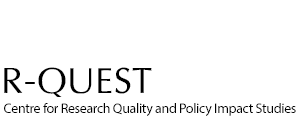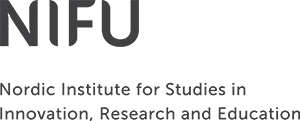Ranking lists of researchers are problematic
Rankings of highly cited researchers receive much public attention, but a new study shows that these lists have several problematic aspects.
Dag W. Aksnes (NIFU) and Kaare Aagaard (Aarhus University) have conducted a study of selected researchers who are ranked among the world’s most cited on Clarivate Analytics’ list of Highly Cited Researchers.
The study shows that such lists and their interpretation have several problematic aspects. First, citations are given to publications and not to individuals. Citation counts for for individual researchers are therefore calculated indirectly. Highly cited articles tend to have a large number of authors, some of them several hundred. Authors of such articles are credited with all citations, while the individual contributions to the publications are very limited. The study shows that the ranking list would look very different using an alternative fractionalised methodology, adjusting for the number of authors who have contributed to the publications.
Second, such lists are interpreted into a traditional view in the history and sociology of science focusing on the role of individual geniuses in scientific discovery. It is argued that any list of highly cited researchers will reproduce a concept of science and scientific progress, which is fundamentally anachronous:
“These lists contribute to creating a misconception of science and the scientific process by focusing on individuals and individual achievements, when in fact a very large number of other scientists have also contributed to their research” (Aksnes & Aaagaard 2021).
The article is available here: Lone geniuses or one among many? An explorative study of contemporary highly cited researchers.

Dag W. Aksnes
Research Professor, NIFU
dag.w.aksnes@nifu.no

